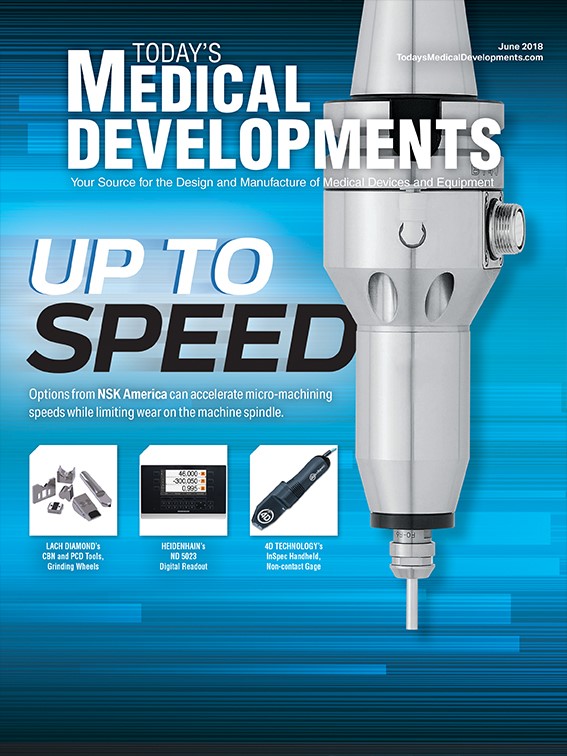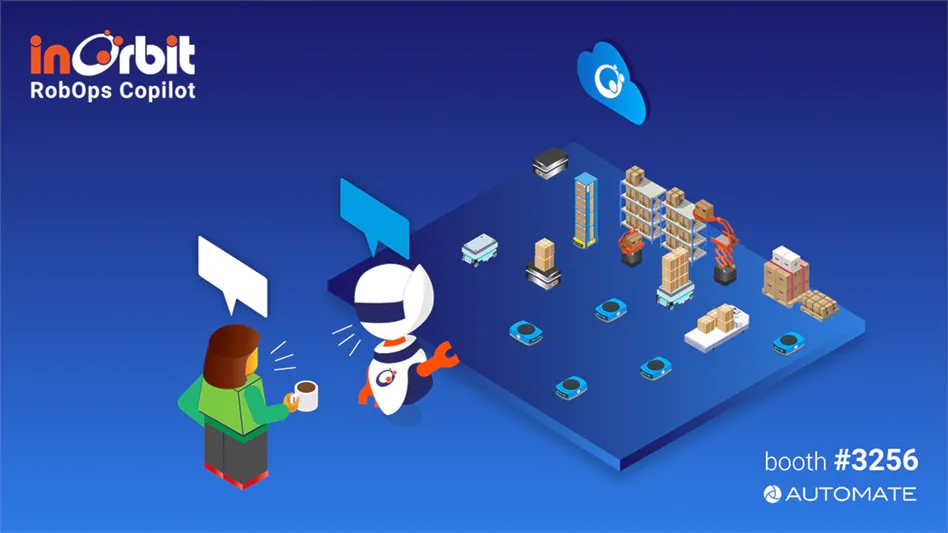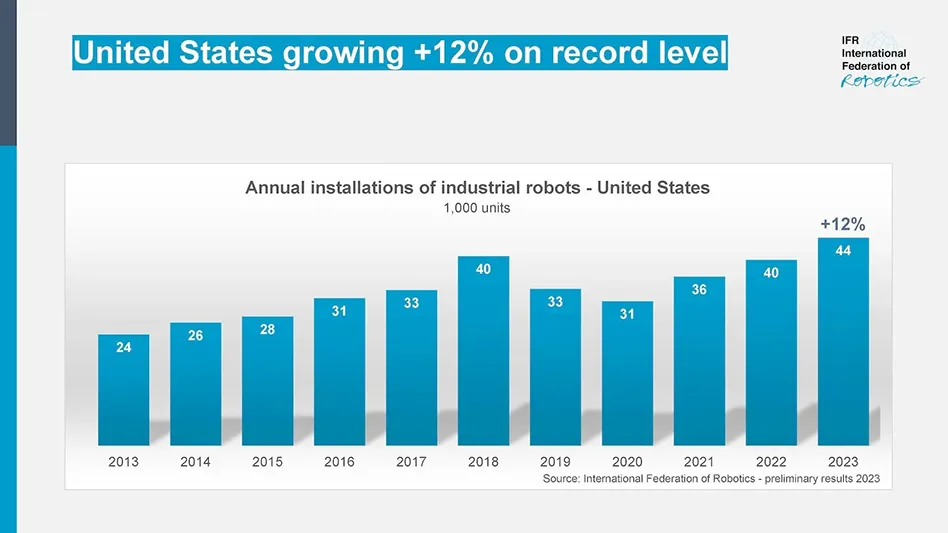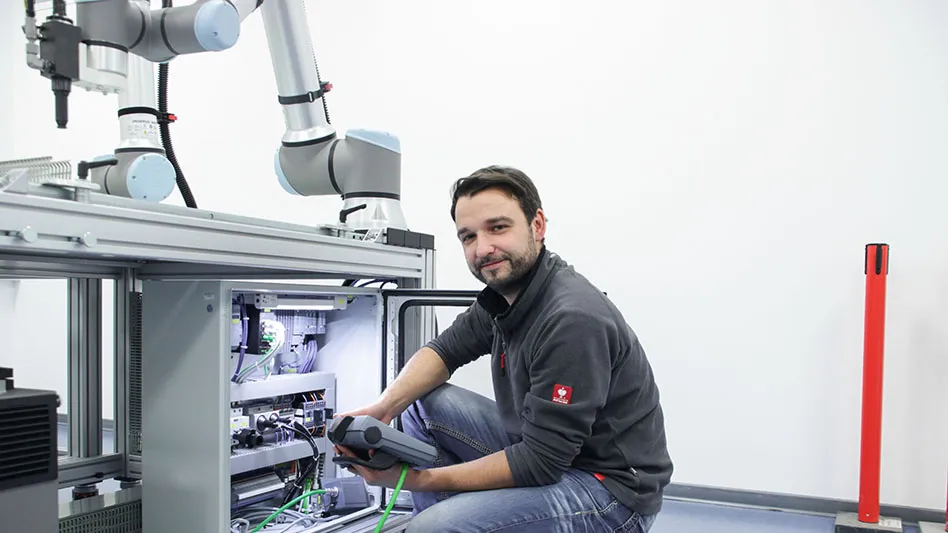
Requirements on encoders continue to increase, particularly for positioning applications such as the placement of electronic components. The number of electrical contacts is growing while housing sizes shrink for modern, highly complex integrated circuits such as microprocessors or programmable logic modules (FPGA). For example, a modern WF-XBGA housing per JEDEC standard MO-298, with up to 2,601 contacts and a 0.4mm grid size, requires positioning accuracy of 0.4°m, or 1/900 of a revolution. A suitable rotary encoder should have 10x higher resolution; for an incremental encoder, this results in a minimum resolution of 2,250 counts per turn (cpt).
For applications with highly constant velocity control, the encoder resolution requirements are significantly higher. Due to the square relationship between the specified maximum deviation of the speed from the set value and the necessary encoder resolution, this task requires encoders with several 10,000cpt. As a rule, the smaller and less inert the drive system, the higher the required resolution.
Encoders should be robust and compact, as applications require high resolution, high maximum speeds, and error-free encoder functions for agile, dynamic final systems. The encoder should use minimal installation space while being electrically and mechanically robust.

65,536 counts per turn
The maxon ENX 16 reflective, interpolated, optical (RIO) encoder fulfills the requirements for a compact, high-resolution optical encoder. It can reach up to 65,536cpt, and its 16mm-OD and 7mm-length housing features a tough, injection-molded construction.
An incremental, 3-channel encoder with differential EIA RS422 – compatible output signals, ENX 16 RIO resolution can be configured at the factory – from 512cpt to the maximum. For resolutions up to 4,096cpt, the encoder works without error at speeds as high as 40,000rpm. When the resolution doubles, the speed is halved because maximum output pulse frequency is 3MHz. However, even at a 16,384cpt resolution, 10,000rpm is still possible due to the external-bearing construction without spring-like connecting elements. By mounting the target directly onto the motor shaft, the full dynamic range can be used in positioning applications.
The ENX 16 RIO encoder uses a disk with 256 lines. With the quadrature evaluation of increments, the maximum position resolution is 18-bit. Its operating range is -40°C to 100°C. A matching motor flange and plastic-encased circuit board provide a dust-proof housing in accordance with IP5x.

From 3D printers to surgical robots
A high maximum pulse rate and external-bearing construction eliminate speed and control dynamic compromises. The ENX-format housing, wide operating temperature range, differential RS422 interface, and dust-proof installation enable solutions in high-end applications, such as surgical robots, precision measurement, 3D printers, delta robots, and haptic systems.
To exploit the capabilities of the encoder, position and speed controllers need to be dynamic and properly adjusted. This is possible with high-performance motion controllers such as the ESCON, EPOS4, and MAXPOS. The mechanical output components also need to satisfy the highest quality and precision requirements. For these reasons, it is preferable to install high-resolution encoders in direct-driven applications.
maxon motor
www.maxonmotorusa.com

Explore the June 2018 Issue
Check out more from this issue and find you next story to read.
Latest from Today's Medical Developments
- mimic joins race to develop the first AI-driven cobot
- UPCOMING WEBINAR: Additive Manufacturing for Aircraft Cockpit Interior Components
- Better than graphene material development may improve implantable technology
- Still time to register for the May 16 Manufacturing Lunch + Learn
- Next generation of vision implants
- UCIMU: Q1 2024, a downturn in the orders of machine tools
- #43 Manufacturing Matters - 2024 Spring Aerospace Industry Outlook with Richard Aboulafia
- Tsugami America’s Technical Center in Minnesota





